Under Mikel Arteta‘s leadership, Arsenal are now reaping the rewards of their faith in the promising coach.
After serving as Guardiola’s assistant at Manchester City, Arteta has been heavily influenced by the Catalan coach’s style.
He is currently forging his own path, relying on young talents to compete with the UEFA Champions League winners.
The administration fully supports Arteta’s vision, which is evident in their strong summer transfer window in which they acquired Declan Rice, Jurrien Timber, and Kai Havertz for not insignificant sums of money.
This is indicative of the Gunners’ ambition with Arteta and their faith in the former Manchester City assistant to keep the club competing for Premier League and potentially even European honours, with the North London club returning to Europe’s premier competition this season for the first time since the 2016/17 season.
In this tactical analysis, we will look into the tactics that Thomas Frank has implemented at Brentford.
This team-based scout report will provide an analysis of their performance last season and what to expect from Brentford ahead of the new Premier League campaign.

Last season, Arsenal remarkably secured the second spot in the Premier League, closely competing with Man City for most of the campaign until Arteta’s former side pulled away towards the end during a period in which they seemed unstoppable.
Arsenal finished with 84 points, behind City’s 89, ensuring all-important Champions League qualification.
They also ended the season by scoring 88 goals against an xG of 63.44 while conceding 43 goals against an xGA of 41.6.
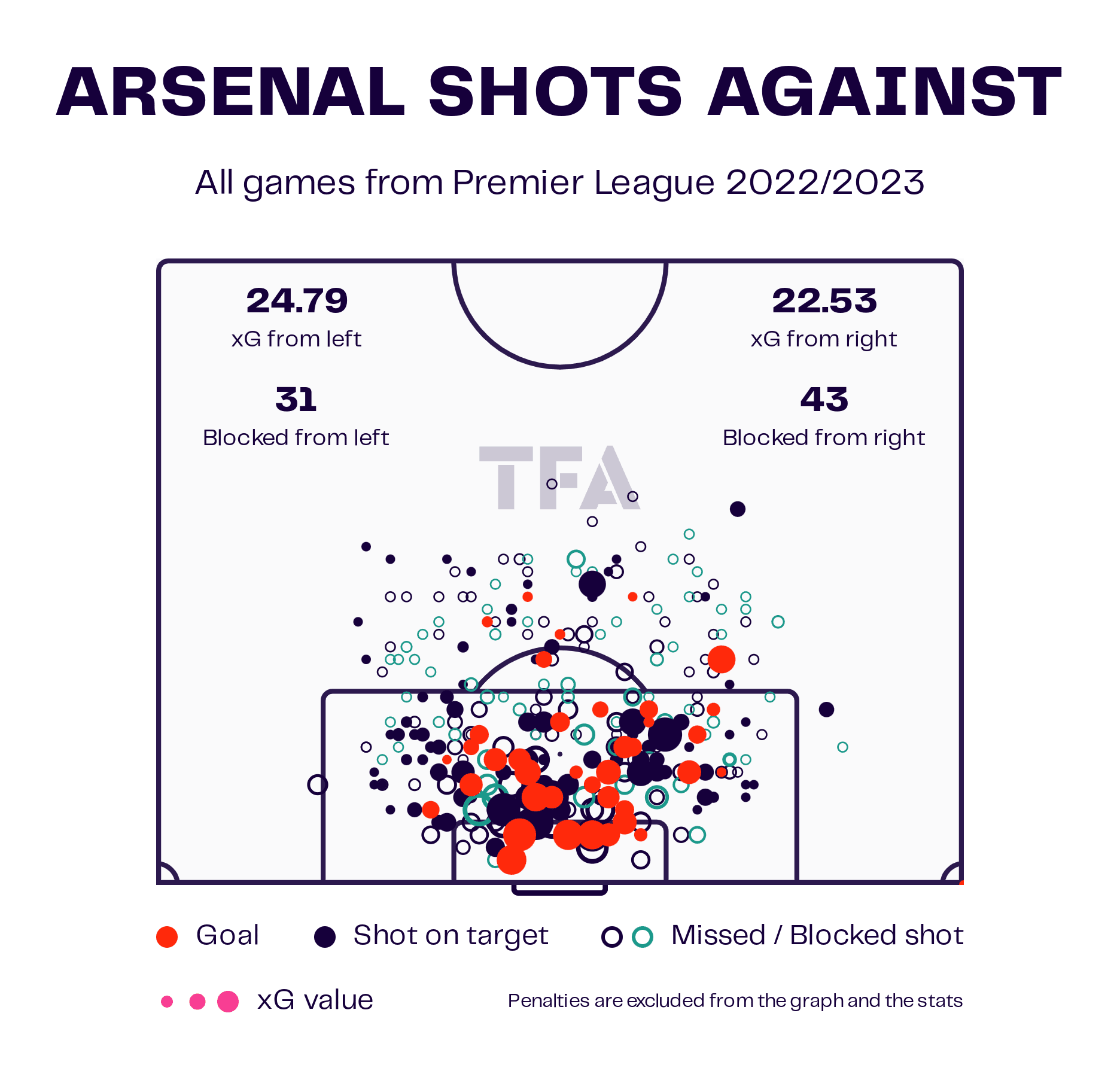
With newfound ambition and strengthened squad depth after the new signings, Arsenal enter the next season of the Premier League with the determination to push and compete relentlessly until the final moments of the campaign.
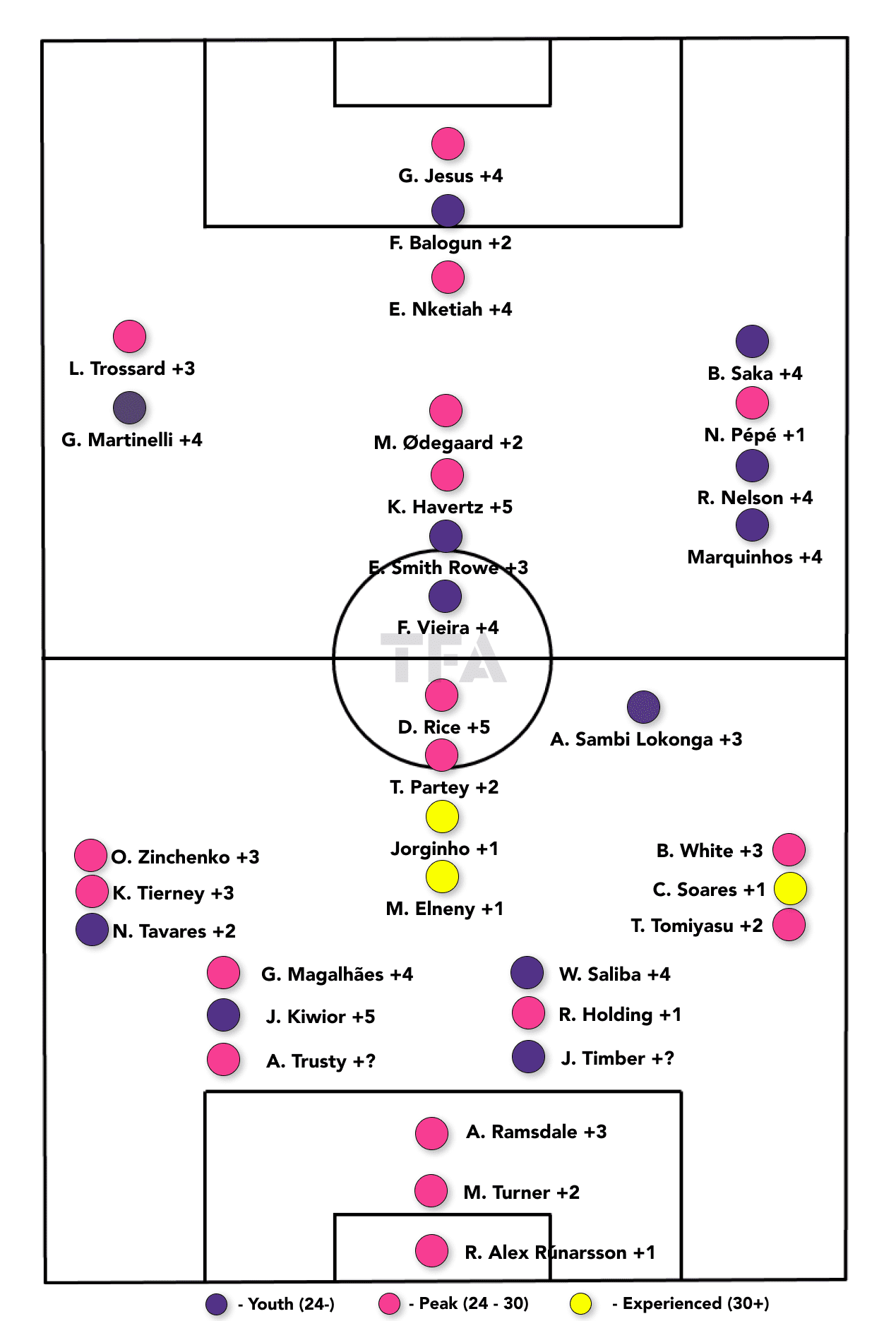
Arsenal’s backline has been significantly boosted and diversified with the contract renewal of William Saliba and the retention of Gabriel, along with Ben White, Takehiro Tomiyasu, Rob Holding, Jakub Kiwior, Oleksandr Zinchenko, Kieran Tierney and the signing of Jurriën Timber.
This combination provides a wealth of ideas and abilities, allowing some of them to play effectively as both centre-back and full-back.
In the midfield, the investment of Declan Rice, along with the presence of Thomas Partey and Jorginho, has added a new dimension and diversity to the defensive midfielder role.
Mohamed Elneny’s influential presence in the dressing room further complements this midfield setup.
The No.8 position boasts a talented array of players, including Martin Ødegaard, Fábio Vieira, Emile Smith Rowe, and the new addition of Kai Havertz.
On the wings, Bukayo Saka is a mainstay on the right, occasionally supported by the promising Marquinhos.
On the left wing, Gabriel Martinelli and Leandro Trossard share responsibilities.
In the attacking position, Gabriel Jesus and Eddie Nketiah complete Arsenal’s dynamic and diverse lineup.

Although Arsenal signed Declan Rice and Havertz this summer, the fans will be stunned by the quality of Jurrien Timber, akin to Lisandro Martínez’s performance last season.
Timber’s stats in the pizza as a centre-back are remarkable, especially his outstanding attacking attributes such as ball control, excellent progressive passing, and carries.
Despite his shorter stature, he always displays strong defensive aggression.
Timber is a versatile and unpressible player similar to Zinchenko.
This adds a new dimension to Arteta’s tactical options, as Timber can excel not only as a centre-back but also as a fullback or even a midfielder.
With Arteta, Arsenal have cultivated one of the Premier League’s youngest and most promising teams.
Since his arrival, Arteta’s focus on developing young talents has resulted in a strong youth team — now competing at a high level and challenging for the title.
ATTACKING PHASE
During his era in North London, Mikel Arteta’s philosophy and playing style are about a vertical positional approach that prioritised quick, incisive attacks rather than solely focusing on possession.
— Incorporates direct and positional approaches together, where Arsenal work side to side if no vertical options are available and wait for the opportune moments or gaps to penetrate using quick passing combinations.
Commonly, Arteta, who is keen on the short build-up, used the 4-2 base last season, building with seven players (a goalkeeper, two centre-backs, two fullbacks, and two midfielders) against various pressing schemes.
Also, sometimes, if Oleksandr Zinchenko is present, the team uses six players (4-2 involves the goalkeeper), as Zinchenko inverts alongside the defensive midfielder.
It seems, through new signings and friendly games now, that Arsenal will rely on the six players building (4-2 involves the goalkeeper), which will give the goalkeeper a significant role during this phase, as in the below graphic, Kiwior or Zinchenko from the left and Timber from the right would provide this variety alongside the defensive midfielder to create the double-pivot.
At the same time, the near centre-back to the inverted fullback moves to be a full-back place.
— The double-pivot would be at different heights to create multiple passing lanes.
This pattern would allow both No.
8s to position higher to gain the positional advantage over the previous structure, making No.
8s move diagonally to the side to receive in space rather than a vertical downward motion only.
Moreover, this high positioning exposes the opponent’s backline to the vulnerability of being exposed to a dangerous 5v4 numerical superiority in a large area; here, the long balls would become a practical key against some pressing teams.

Higher up the pitch, Arsenal effectively aims to gain numerical, positional, and dynamic superiorities by occupying the five vertical corridors and relying on 3-2-5/2-3-5 in-possession structures.
The inverting full-back from the right or left continues to exist in the middle next to No.
6, likely occupied by Declan Rice, while Havertz will be the left No.
8 operating the left half-space, and Ødegaard occupies the right one.
In the graphic below, when Zinchenko or Kiwior invert, Gabriel moves more to the left side.
The team now has more flexibility and interchangeability between the attacking musicians, especially No.8 and the nearest winger, making them more unpredictable and creating gaps in the opposition’s defensive structure.
Moreover, Using Timber from the right on the other pattern alongside No.
6, while the rely on Tierney as a left back joins the first line (same role of the right-back Ben White) and then involves into the left triangle — overlaps on the line which gives Martinelli or Trossard to move inside — which change some of their last season’s mechanisms, overloading to isolate the wingers in 1 vs 1.
Upfront, Gabriel Jesus plays as a false nine, allowing him to drop deep and create opportunities for the attacking players on both sides of the pitch.

In the attacking phase, Arsenal usually employ an approach where they seek to overload one side, luring opponents towards that area.
Once the opposition is committed to that side, they quickly switch the play to the opposite flank, aiming to isolate the reverse winger in a 1v1 gaining the qualitative advantage.
Havertz would provide Arsenal with another dimension as playing No.
8 because of his intelligence and synchronisation in moving to the penalty area and exploiting the space generated by the striker’s dropping.
Havertz’s presence as a No.
8 adds a new dimension to Arsenal’s attack.
His exceptional intelligence and synchronicity allow him to make well-timed runs into the box, exploiting the spaces and gaps created by the striker dropping deep.

DEFENSIVE PHASE
Defensively, Arsenal’s approach typically involves high pressing to regain possession as close to the opponent’s goal as possible.
They utilise a combination of hybrid and man-marking pressing schemes, adapting based on the opposition’s style of building play and using pressing traps effectively.
Last season, Arsenal managed to achieve an impressive 458 high regains, not away from Man City, which had slightly more with 472.

The team remains proactive when they drop deeper into midblock or low-block defensive shapes.
Players are strategically positioned to wait for specific pressing triggers before engaging in high pressing.
After the signing of Havertz and using him as a midfielder rather than a striker, there have been some changes in the defensive organisation.
Ødegaard, who typically defended in the first line during the last season, meanwhile Xhaka was positioned alongside the defensive midfielder in the second line.
With Havertz operating higher up the field, Ødegaard appears to be in the second line, next to the No.
6.
This setup could potentially provide an advantage in counterattacks.
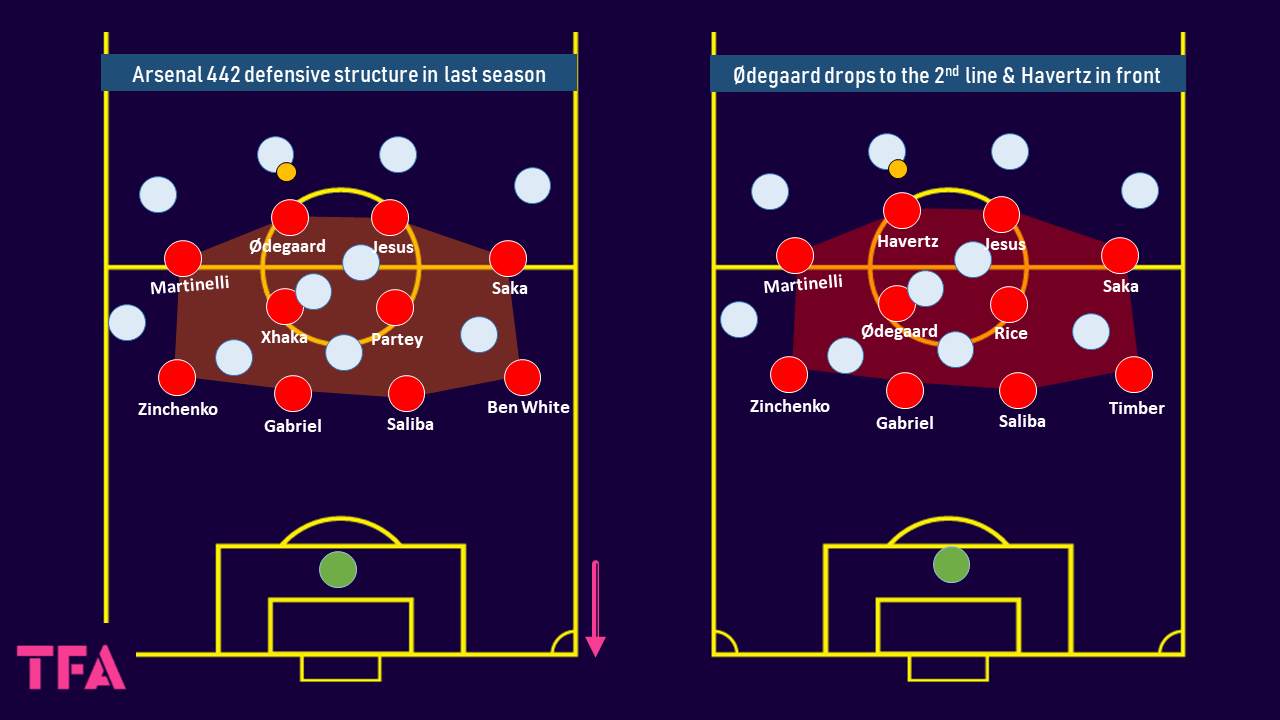
Furthermore, the presence of players like Rice and Timber in the team would likely contribute to a more active defensive performance.
Their ability to cover more distance and apply greater aggression during the pressure would add to Arsenal’s defensive capabilities, making them more resilient and effective in disrupting the opposition’s play.
TRANSITIONS PHASE
Also, Arsenal displayed strong counterpressing capabilities last season, as they achieved 637 counter-pressing recoveries, just ahead of Manchester City, who had 592.
Additionally, Arsenal recorded 151 dangerous recoveries — slightly more than City’s 148 — highlighting their effectiveness in regaining possession quickly after losing the ball and their ability to create dangerous opportunities from those recoveries.
As mentioned that dropping Ødegaard into the second line would give an advantage that when regaining the ball and trying to initiate the attacking transition as quickly as possible, Ødegaard would bring the deeper quality and deeper playmaking while other players move in different spaces to distort the opponents, he also has the ability to keep the ball till his teammates take their position again.
With Ødegaard dropping into the second line, Arsenal gains an advantage in the attacking transition.
His ability to provide deeper quality and playmaking from a deeper position while other players move into different spaces, creating confusion and disrupting the opponents’ defensive organisation.
Also, Ødegaard’s skill in keeping possession under pressure is valuable to maintain control until their teammates can take up their attacking positions.
During defensive transitions last season, Zinchenko inverted to a more central position.
When the team lost possession, Zinchenko would return to his original side, and at the same time, Gabriel and Zinchenko would make dangerous diagonal runs.
Now, with players like Timber or Kiwior, who are inverting, they can avoid these diagonal movements during defensive transitions.
Instead of making diagonal runs towards the centre, they can seamlessly drop back into the centre-back position, as illustrated below.
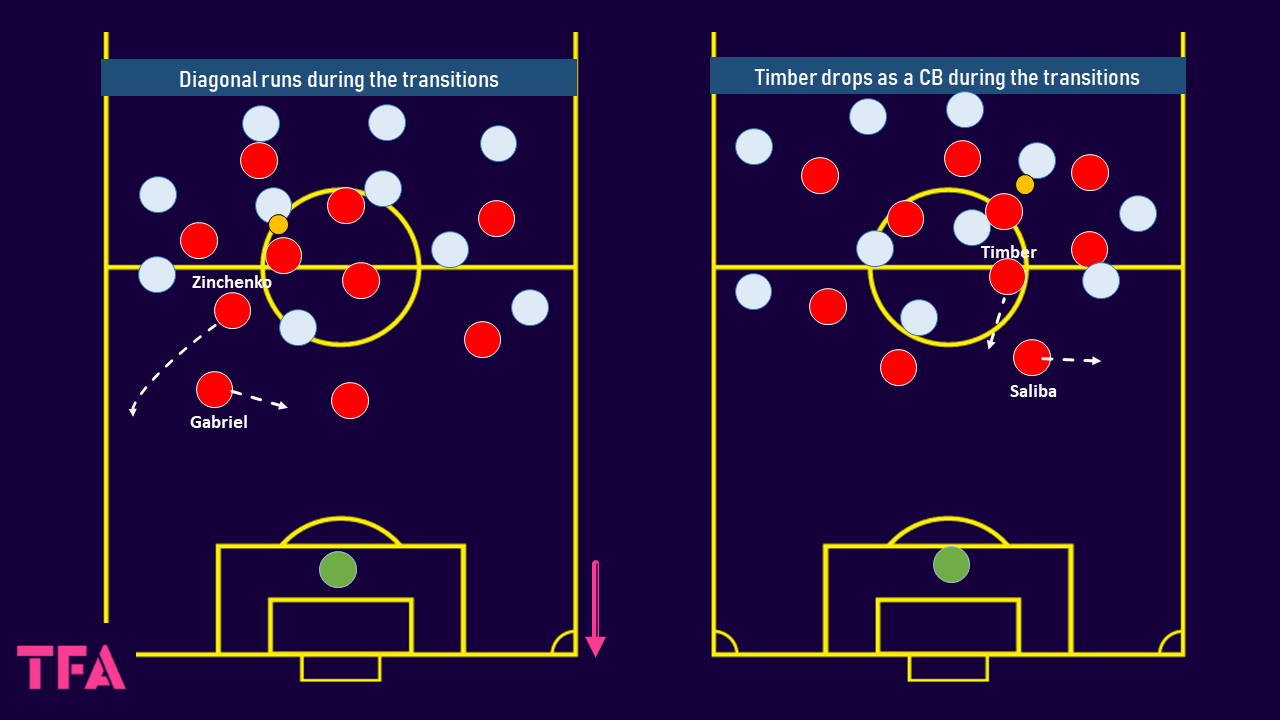
Does Arteta have the squad depth to achieve the Premier League this year?
Indeed, Arsenal boast a talented and youthful squad, further strengthened by strategic signings in the last winter and current summer windows.
With the added experience gained from last season’s campaign, Arteta aims to address the shortcomings and build on the team’s promising performances.
Last season, Arsenal demonstrated their potential by leading the league standings for a significant period.
However, their inexperience and the novelty of the squad, coupled with injuries and squad depth issues, resulted in some fluctuations in their performance level.
One of the distinguishing features of Pep Guardiola’s Manchester City is the depth and quality of their squad.
The abundance of outstanding players at his disposal allows him to maintain a high level of performance even in the absence of key players.
Moreover, the squad’s vast array of talented players will enable Guardiola to experiment with new tactics.
He can rotate players and try different ideas.
Arteta’s attempts to build a deep and diverse squad, along with his strong support and development of players, are crucial in creating a team with various tactical options and adaptability.
With a talented and well-developed squad, Arteta can now adjust his tactics, as we mentioned before.
The versatility of players like Timber and Kiwior’s ability to invert from the side gives Arteta the flexibility to utilise them in various roles instead of only Zinchenko.
This allows Arsenal to shift and adapt their patterns.
The addition of Havertz to Arsenal’s squad clearly brings a new dimension to their attack.
His intelligent movements and positioning enable him to create goal-scoring opportunities for himself and his teammates, making Arsenal’s attack more potent and unpredictable.
Havertz’s versatility also allows him to support the striker’s position, proving a valuable asset when Gabriel Jesus is unavailable or needs rest.
Furthermore, having players like Jorginho, Partey, and Declan Rice in the midfield offers a rare combination of awareness and quality in a vital central position.
These players possess the tactical intelligence and technical skills to control the midfield and dictate the rhythm of the game.
In the front, with Martinelli and Saka on the wings and the versatile Trossard in the mix, Arteta gains multiple attacking options and combinations.
Trossard’s ability to play in various positions adds depth and creativity to the team’s attacking play, giving Arteta more flexibility.
Yes, the team will need time to adapt and adapt to the players, but Arsenal now have a squad that qualifies to win the championship.
While it may take some time for the team to adapt and gel together, Arsenal’s current squad has the potential to compete for and win titles.
With a well-balanced and talented group of players, they have the necessary tools to challenge the top teams in the league and strive for success in various competitions.
Key Player

Saka’s influence on the Arsenal team is undeniable, particularly over the last two seasons, where he has shown significant growth and emerged as a prominent leader in the team’s attack.
His offensive statistics, including shooting, scoring, and progressive passes received, reflect his exceptional performance.
Saka’s remarkable abilities include versatility, dribbling, and close control.
While his work rate offensively and defensively.
His adaptability on the field, skilful dribbling, and precise decision-making contribute to his effectiveness.
One to Watch

Havertz’s transfer fee and Arteta’s continued confidence in him despite some fans’ doubts have put him under scrutiny for the upcoming season.
Many are still determining his exact position on the field, but it appears Arteta has a plan to help him regain the form he showcased at Leverkusen.
Positioning Havertz in the midfield rather than as a striker will be his crucial advantage, as it allows him to exploit spaces and showcase his strengths.
Suppose everything goes well, and Havertz adapts to his role effectively.
In that case, he has the potential to significantly impact Arsenal’s attacking prowess which could add around 15 goals to the team’s tally this season.
TFA Verdict: 2nd
Arsenal have done some excellent business in the window – if anyone is likely to help us see the real Kai Havertz then it is Mikel Arteta.
Declan Rice is an obvious upgrade to any Premier League midfield and Jurien Timber should give them the defensive depth they were missing in the failed run-in last season.
Does all this mean they get closer to Man City this time around? Probably not.
But does it mean they will keep the chasing pack out of the runners up spot? Yes – second place for the Arsenal.

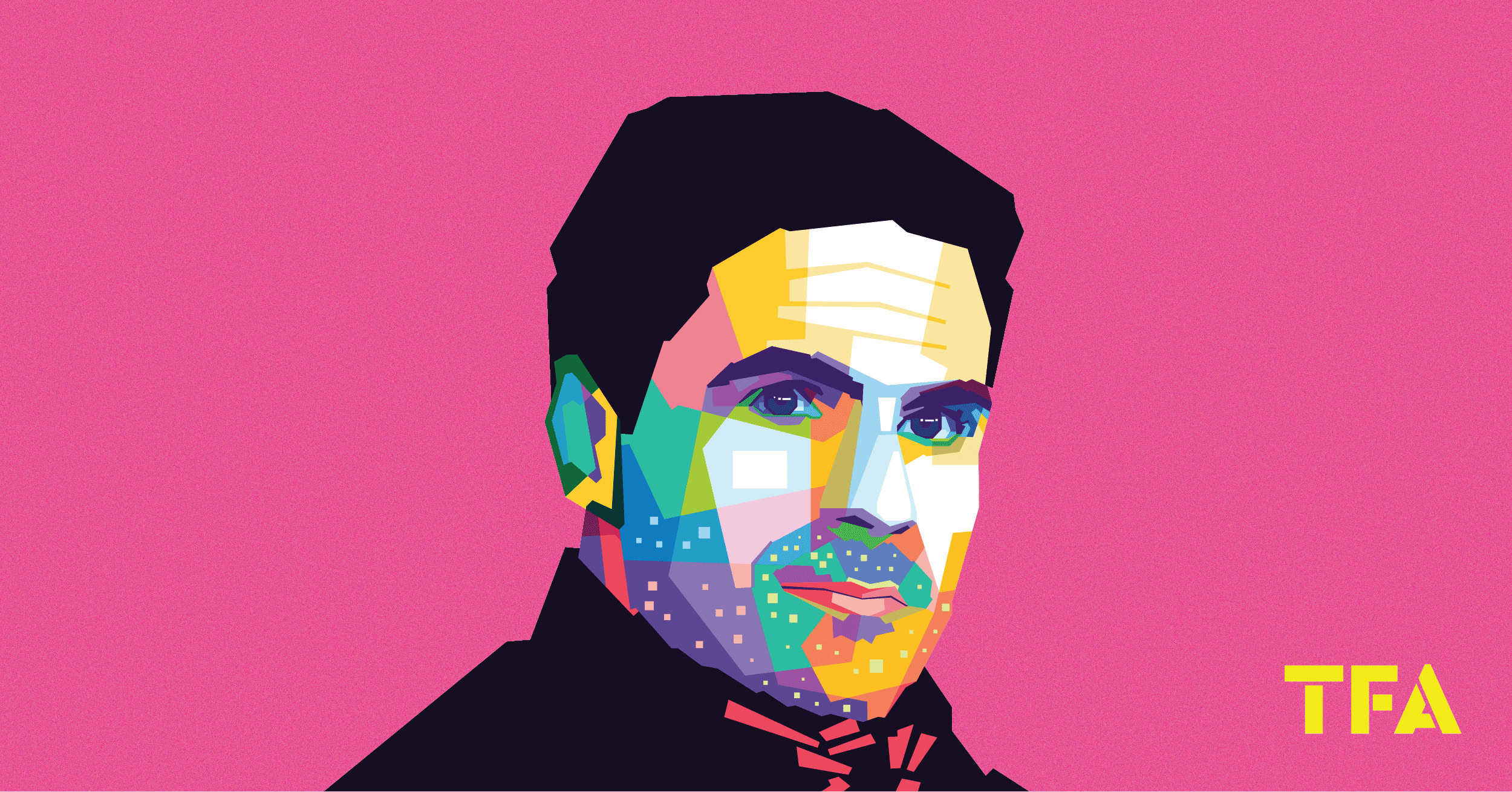


Comments